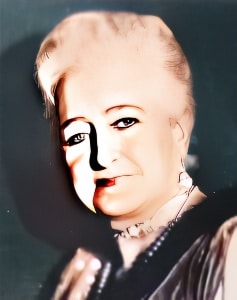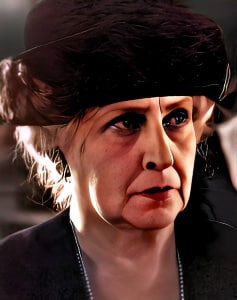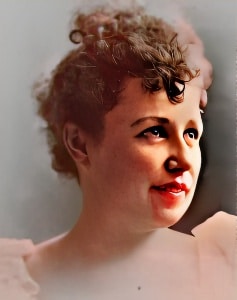 Ynez Seabury, born on June 26, 1907, and passing away on April 11, 1973, was an American actress whose career spanned the stage, silent film, and the early sound film era.
Ynez Seabury, born on June 26, 1907, and passing away on April 11, 1973, was an American actress whose career spanned the stage, silent film, and the early sound film era.
Her life and work in the entertainment industry are emblematic of the changing landscape of American cinema during the first half of the 20th century.
Seabury’s foray into the world of entertainment commenced at a young age, as she embarked on her journey as a child actor. Her screen debut occurred in D. W. Griffith’s “The Miser’s Heart” in 1911. This early introduction to the film industry would set the stage for her subsequent career, which included both stage and screen performances.
During the silent film era, Ynez Seabury contributed to the burgeoning world of cinema, showcasing her talent and versatility as an actress. Silent films were characterized by their reliance on visual storytelling and expressive acting, and Seabury’s ability to convey emotions and narratives without spoken dialogue was a testament to her craft.
In addition to her work in silent film, Seabury also graced the Broadway stage. Her presence in live theater productions provided her with the opportunity to display her acting prowess in front of live audiences, further cementing her status as a versatile performer.
The transition from silent cinema to the early sound era was a pivotal moment in the history of the film industry. The introduction of synchronized sound presented new challenges and opportunities for actors, and Seabury adapted to this shift. Her appearances in early sound films marked her willingness to embrace emerging cinematic techniques and technology.
Ynez Seabury’s filmography includes notable roles in both silent and sound films. Her contribution to silent cinema is exemplified by her portrayal of “Little Sunbeam” in “ The Sunbeam” in 1912, a role that showcased her ability to connect with audiences through expressive acting, a hallmark of silent film performances.
As the film industry continued to evolve, Seabury’s career adapted to changing preferences and technologies. Her last credited feature film appearance was in Cecil B. DeMille’s “North West Mounted Police” in 1940, reflecting her enduring presence in the early sound film era.
Seabury’s journey as an actress encompassed a dynamic period in American cinema. The transition from silent film to sound marked a transformative phase in the industry, and Seabury’s ability to navigate this shift illustrated her commitment to her craft.
While Ynez Seabury’s name may not be as widely recognized today as some of her contemporaries, her contributions to early American cinema remain an important part of the industry’s history. Her performances in both silent and sound films, as well as her work on the Broadway stage, underscore the enduring power of the performing arts to captivate and resonate with audiences across different eras.
Ynez Seabury’s legacy endures through her work, which continues to be celebrated by film historians and enthusiasts who appreciate the artistry and commitment she brought to her roles in the early days of American cinema. Her presence in both silent and sound films is a testament to her enduring impact on the world of entertainment.




